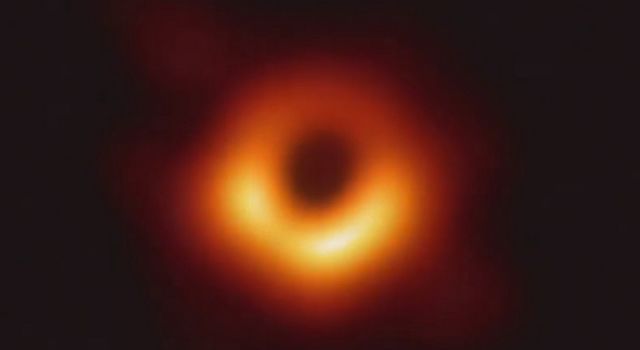I find at certain levels of Zylisnka’s article a clear stating of the obvious that I feel, while important in raising awareness, don’t in my mind present anything that is all that new. For example, this notion of the “Nonhuman photography” being “very dependant on the human element” is somewhat of a circular argument with regards to the human extraction of this photography for the sake of viewership. There is an undeniable element of the human in extracting work for viewing, with the subjective framework of curation connected to this.
The sentiments of the capture of the past and future of humanity, however, I feel is an altogether much more interesting lens of argument. I couldn’t help but feel a strong connection to the notions of science fiction in reading this article, particularly in relation to both Asimov and Heinlein. The idea of posting a system of conceptual and moral discussion such as Asimov’s laws of robotics lens towards this greatly, with regards to a system of moral capture that evolves through time. In my mind, this lends well toward the ongoing development of photography, with the idea of capturing the development of a medium by using that medium itself a powerful parallel to much of human endeavour. [Therein however lies the darker overall message of article in it’s presentation of the human impact on the natural world, as presented in the before and after of us. ] In relating this to the notion of the algorithmic photography, technology is undeniably continually providing “new questions” and indeed new solutions. I say technology primarily as a method of extrapolating away from photography, in my mind within this discussion photography is applied technology, with the novelty of the medium cast away for the sake of capture.
With regards to nonhuman photography I have encountered, Véronique Ducharme’s Encounters is a work that I connect to. Using “a remote motion-detecting hunting camera that uses heat to trigger the photographic exposure” Ducharme creates a series of animal portraits which seek to subvert the natural photographer. While this not only documents, in my eyes, a more accurate depiction of the natural world, it also plays with the notion of the hunting camera as a tool to photographically capture these animals rather than lead to their untimely deaths, subverting the initial expected use of the technology.

